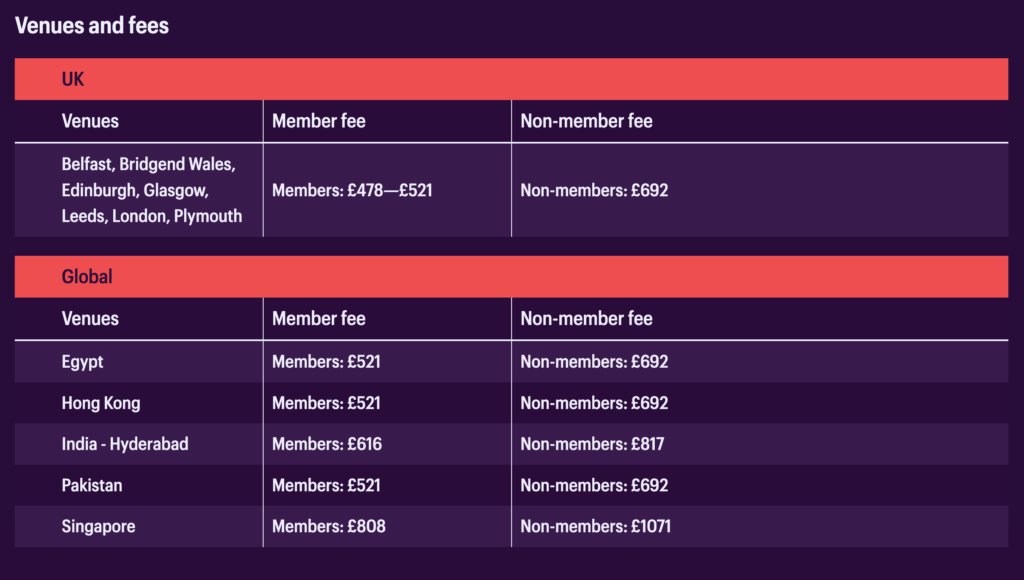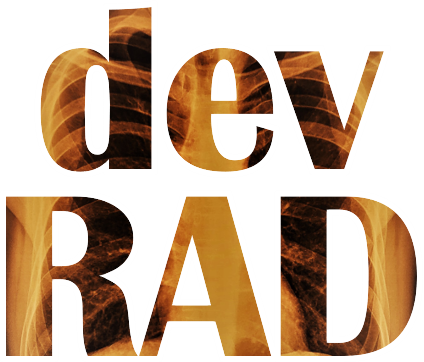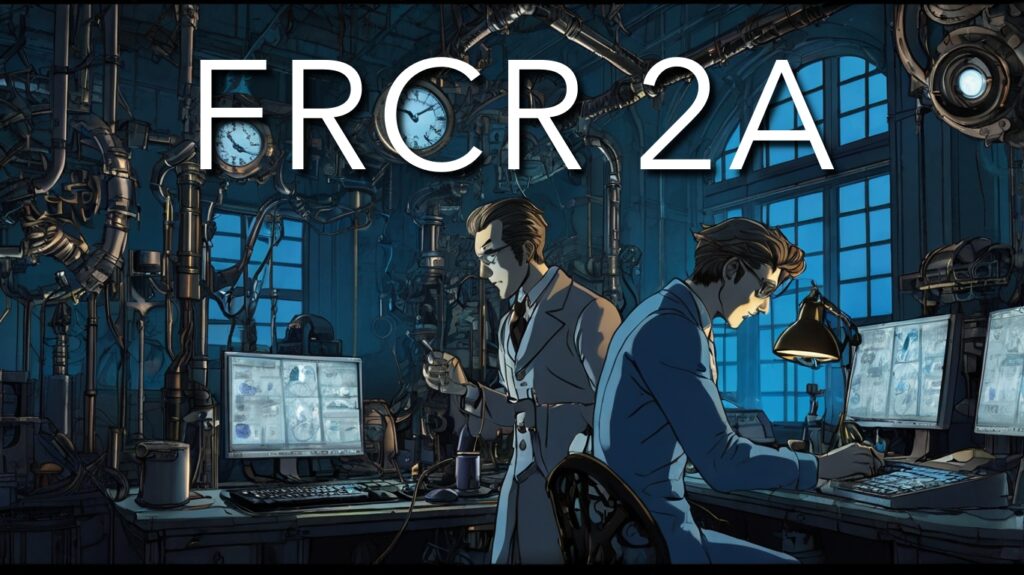Table of Contents
- How to start: Making a plan
- How much time does it take?
- Marking system and Passing scores
- Questions distribution is key: How it affects preparation
- Textooks:
- Practice Questions from Books
- Practice Questions and study group: online subscription
- App:
- Social media
- Full time work with kids: Minimum time version
This is an intergalactic monster (like Galactus from the MCU) of an exam, even more terrifying than the 2B according to some, and it can mess you up pretty bad. There are plenty of good guidance already available but since you are here, you will have the privilege of discovering my own method to the madness that is 2A prep.
As I have stated before in my other guides, High Yield is just corporate speak for “I really don’t have the energy to write long comprehensive guides” because I am a fan of brevity and I am very passionate about ensuring that you go back with a better idea of how you want to tackle this exam. I also have a complete guide to the FRCR if you want a wider perspective on these exams and if you want a personalised account of my own journey, this is where you can find out.
Disclaimer: As always, I would like to point out that there are several links here which direct you to some products. The opinions are my own and I only endorse products and services that I personally like or have used myself. When you purchase through links on my site, I may earn an affiliate commission. Sometimes you may get a discount but you never have to pay more.
For a exam that is testing your radiology knowledge, this exam has the remarkable distinction of doing it without any images. Did that surprise you? Don’t worry, it surprised me too but this important fact quite rightly makes a lot of people uncomfortable.
How does the exam test your radiology knowledge without pictures?
The answer to the question is what makes it a hard exam for some people – this is a very clinical exam. Precisely because there exists the 2B to check your image interpretation skills in various form, this exam has the flexibility to test your radiology knowledge in the larger context of clinical medicine. It tests your knowledge of normal variants, all imaging modalities including nuclear medicine, drugs and contrast agents related to radiology, basic statistical knowledge (not too many questions on this), understanding of management pathways and treatment options.
This is the reason why I loved this exam because I felt that it is making me read up on things that I had previously chosen to neglect and once I passed it, I did feel I became a better radiologist for it. That’s enough fanboying though, let’s get to the real stuff that you are here for.
Timing: These exams happen two times a year – April and November. There are several important dates when bookings open and close. Take a look at this image from the RCR website. Plan well in advance so that life doesn’t get in the way.

Fees: Depends on the location and your membership status. Here’s an image from the RCR website.

How to start: Making a plan
First step: Are you ready?
Of course, if you are a trainee in UK (or similar system) then you are expected to attempt the exam core clinical radiology training (ST3 – ST4).
A general thumb rule for IMGS that can guide you towards an answer is your own performance in your clinical duties in your department. The timing can be different for everyone but if you have rotated through all modalities/subspecialties at least once and are on the on-call rota, you can take this exam. Mid third-year is a great time to take this exam as you have enough time to get ready for this and passing this equips you with some of the ammo you need to pass your board exams in your own country like the MD/DNB exams in India.
Membership: If you haven’t already become a member before your first FRCR exams, do think about taking the RCR membership for two reasons.
- As you can see above, the booking dates open a few weeks before for members.
- The fees are lower for members – of course, you should balance it against the membership fees itself but usually, you end up saving on fees.
How much time does it take?
This is a deeply personal question because it depends on the baseline skill and knowledge of a candidate as well as how many hours they are devoting to studying each week. To keep things simple however, without going too deep into a philosophical discourse, in my opinion 10-12 weeks of prep time should put you in a good position if you are devoting roughly 30 hours per week. Of course, it take take you longer or shorter depending on your level of genius (or lack thereof).
Marking system and Passing scores
Part of making a strategy is to have adequate knowledge about the scoring system and the passing marks.
The exam has a total of 240 questions comprising 40 questions from each of the following subspecialties:
Cardiothoracic and Vascular
Musculoskeletal and Trauma
Gastro-intestinal
Genito-urinary, Adrenal, Obstetrics & Gynaecology and Breast
Paediatric
Central Nervous System and Head & Neck
Thankfully, they have felt sorry for the candidates and divided the 240 questions into two paper each with 120 questions to be attempted in 3 hours. (Total 6 hours for both papers).
Important minutiae:
- You have to pass the exam as a whole. Your pass marks are calculated from both the papers; do not pay heed to any silly rumour about having to pass/score a minimum in each paper individually.
- Both the papers will have questions from all 6 subspecialities mentioned above. Do not imagine a boundary where there isn’t any.
- The exam (like every other exam) has a mix of easy, medium, difficult and insanely hard questions and these can be distributed in any manner between the two papers. Please do not have any expectation about the difficulty level of one having any bearing on the difficulty level of the other. Think of it has the mythical hydra with one body but two independent heads.
Passing scores vary from year to year. They are usually around 150. The number of students who pass vary from 50% to 75% depending on the session and you can get this data directly from RCR’s pass reports.
Questions distribution is key: How it affects preparation
Now that you know that there are 40 questions from each of the categories mentioned above, make sure you divide your time and attention appropriately. What do I mean by that?
Put simply: Don’t spend as much time on OBGY as you would on GI.
Why? Because you can expect 40 questions from GI whereas OBGY is one of the FOUR topics in the category so you expect a fraction of 40 questions from OBGY. Does that make sense? Similarly, Pay much more attention to Pediatric Radiology as a whole comapred to Breast Radiology even though both are separate subspecialties in real life, in this exam they don’t have the same importance.
Textooks:
You need one good textbook. Do NOT overthink this. Most textbooks are created equal and chances are you already have a favourite from your residency/post-graduate training. Continue using that book as your primary textbook.
Having said that, if you are in the shop for one of my recommendations, I will recommend my favourite with one alternative.
Core Radiology: A Visual Approach to Diagnostic Imaging by Jacob Mandell (Link: United Kingdom, India)
- This book is compact and you are not immediately scared away by it’s size (although it has bulked up recently)
- It has plenty of nice things – annotated diagram, flowcharts, summary tables
- The introduction to most systems are designed well in a friendly and lucid manner
- It is not as voluminous as other classic textbooks – you can read it quicker, revise it quicker and revise more
This book can be used as a primer before you dive into practice questions. You can even do it the other way around where you do practice questions and then use the book paying attention to your areas that need more work.
Alternative:
Grainger & Allison’s Diagnostic Radiology Essentials: Expert Consult: Online and Print (Link: United Kingdom, India)
If you want to know about other textbooks I like, you can check out my complete list of book recommendations.
But apart from these, there is another fantastic book that you MUST use for this exam(or any radiology exam really!)
Crack The Core
- Although originally meant for the Core exams, this legendary book is perfect for every radiology exam
- I have used this for my long form MD exams in India as well as my FRCR exams
- You do not have to read the Interventions chapter in detail as the exam doesn’t test this to this extent
- Volume 1 (Link: United Kingdom)
- Volume 2 (Link: United Kingdom)
Important mention of absence: There lurks a tome oft whispered in hushed tones: the Radiology Review Manual by Wolfgang Dahnert but I don’t recommend it. I shamelessly admit that I am scared of that book. It is a gigantic encyclopaedia of radiology facts and factoids with no images that proved a voracious abyss, devouring my time with scant returns. Should you possess the fortitude to navigate its labyrinthine pages, I commend you, though I dare not venture therein again.
Practice Questions from Books
Beware, for no volume, webpage, nor application holds the key to unlock the full breadth and depth of challenges that await you in the examination chamber. Though these tools may hone your acumen, remain ever vigilant, for the exam may yet unveil mysteries beyond your imagination. Learn with these resources, but do not be overwhelmed if the actual exam proves to be more of a challenge.
Where to do Practice questions from? There are several but I don’t recommend all of them for the simple reason that you won’t have the time. Some of them are old but there are a few new-ish options as well. The books which made me cry the most which I learned from the most are (in this order):
- SBAs for the FRCR Part 2A (System wise questions) (United Kingdom, India)
- Imaging Single Best Answer (United Kingdom) – This book is also available in the form of an app which I recommend.
- Get Through Final FRCR 2A: SBAs (Mixed questions for exam practice – not systemwise) (United Kingdom, India)
- The Final FRCR: Self-Assessment (MasterPass) (2020) (United Kingdom, India)
Practice Questions and study group: online subscription
There is a new service that I have to recommend a lot because it is different from everything else available right now. Revise Radiology came up with their new FRCR 2A subscriptions and here’s an overview of what they provide:

Disclosure: I teach a course on Written Component of FRCR in association with Revise Radiology which you can find out more about on my social media. In addition, I do get to offer you an affiliate link which you can use for a discount and I will get a commission if you buy something on my recommendation. The discount varies depending on ongoing offers – right now you get 20% off!
How to get the discount: Go here and then click on 2A and add the subscription you want to the cart and the discount will be automatically added as you check out. Do not add another coupon code or you will lose the discount.
App:
The British Institute of Radiology (BIR) have an app called Imaging Single Best Answer (SBA) that provides 75 questions and answers for each of the six exam modules. These are an alternative to the book by the same organisation that I have mentioned above.

iOS users can download Imaging SBA from the app Store , while those with Android devices can get their version from Google Play store.
Social media
There are several resources on social media that can be useful. Some of them are useful to regular revision while others can be that proverbial poke that reminds you to get back to your revision when you are lazily scrolling through your Instagram feed.
- Instagram: I have to shameless plug my own account because I post regular anatomy content. There are similar accounts posting high quality content regularly like @Radiologyvibes, @theradiologistpage and @caferadiology.
- Telegram: There is an excellent group run by Radiology Vibes called FRCR 2A Essentials
Full time work with kids: Minimum time version
Let’s be real, not everyone has the luxury of time. If you find yourself in this position with time to spare only for the absolute essentials, then I can make a plan for you. This will however be more expensive.
- Take a paid subscription for Frcrexamprep and start doing questions. Read the explanations provided thoroughly and commit them to memory. You must revise this before the exam.
- Read Crack The Core thoroughly. Revise atleast once before exam.
- If you have time more more questions, SBAs for the FRCR Part 2A and Imaging Single Best Answer (check above for links)
Alright guys, thanks for reading. It takes a lot to reach the end of this longer-than-I-thought article in this generation with 10 second attention spans. But if you have even more attention, here you go with more detailed guides:
PS: None of them have paid me to put their links here. They are just decent people who have worked hard to curate content and have written exhaustive guides for FRCR.

